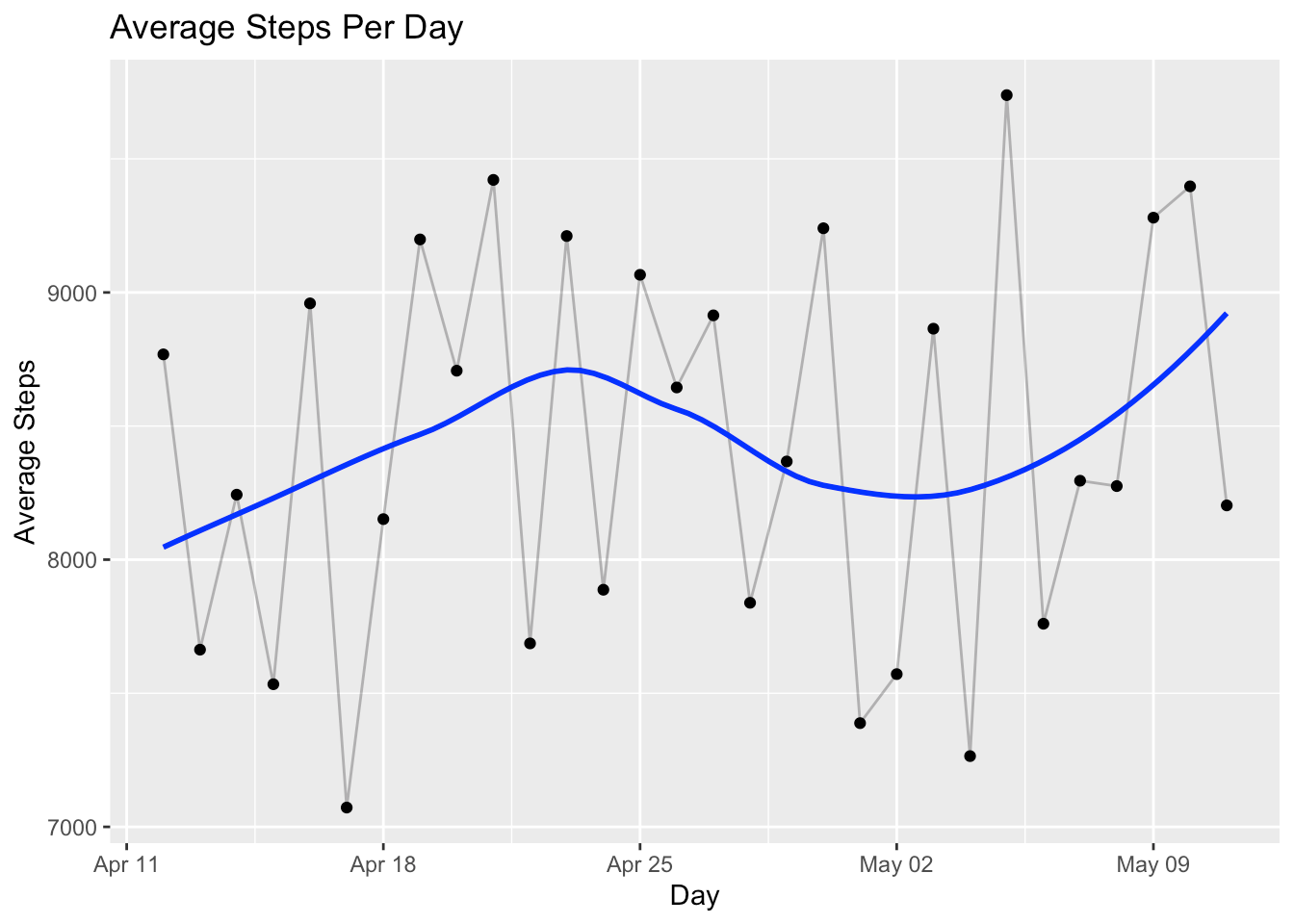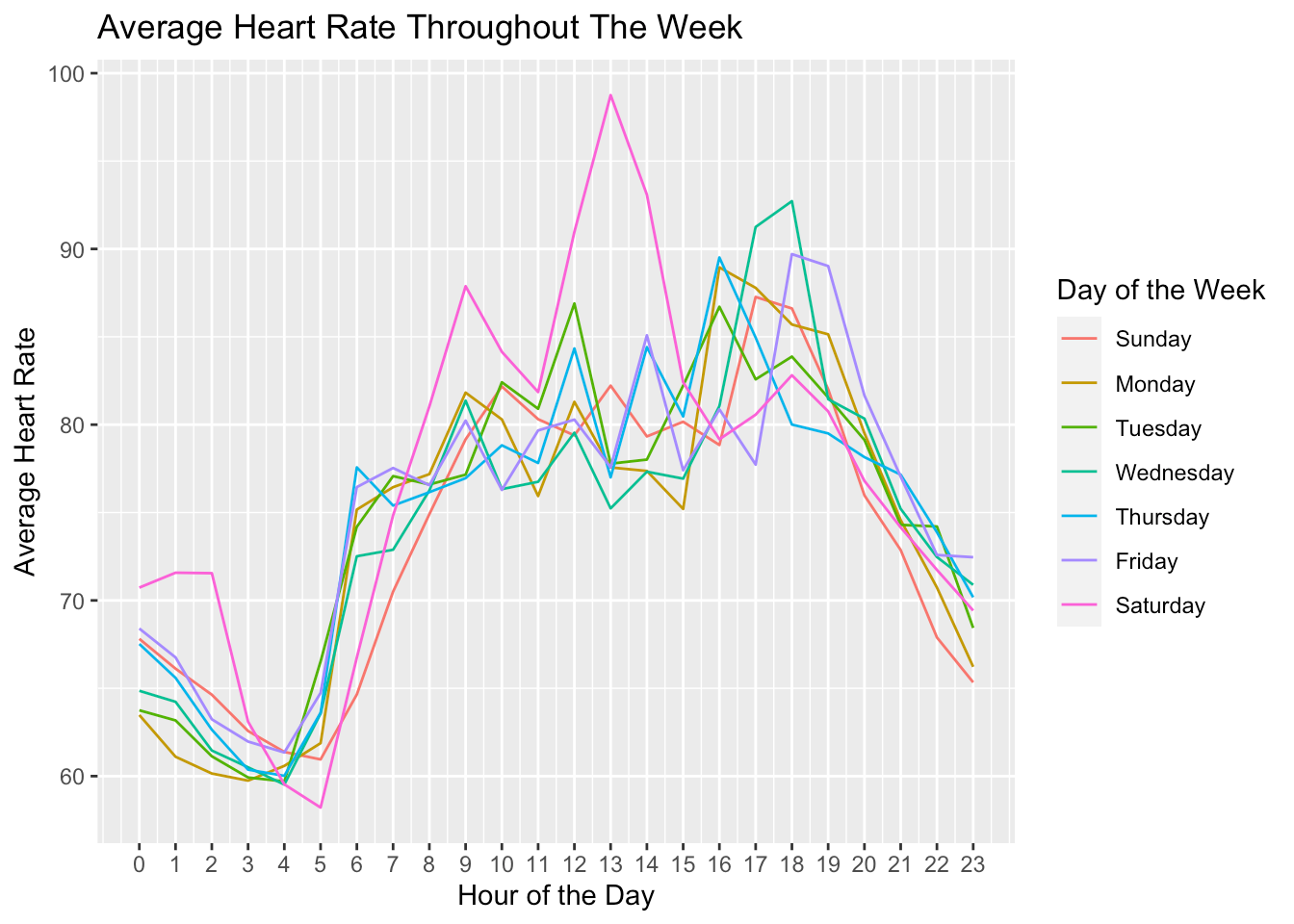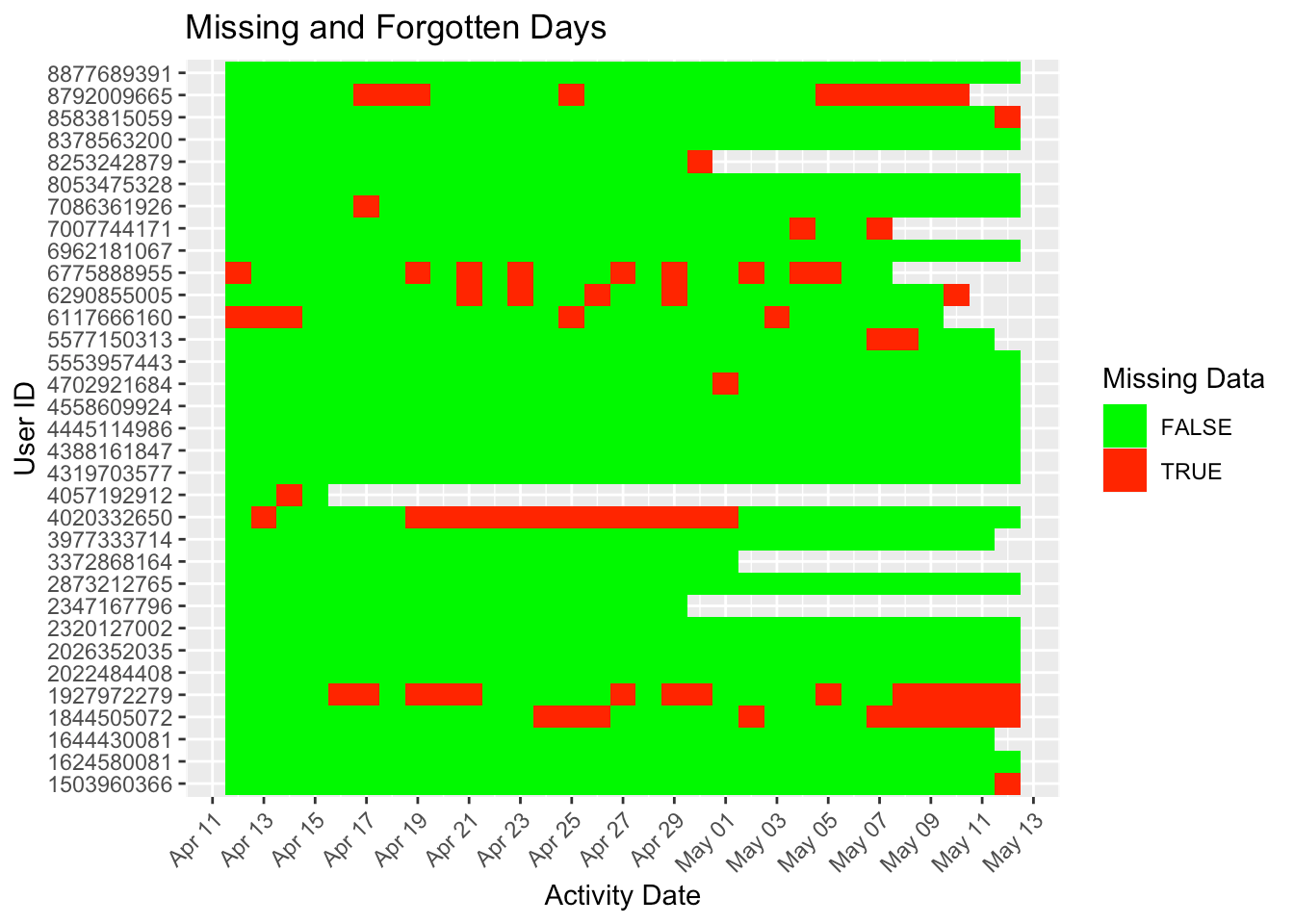Bellabeat Data Analysis
Showcasing my capstone project for Google Data Analytics professional certificate.
Hi everyone,
Over the past two months, I've been working through Google's Data Analytics Professional Certificate. While I have a background in financial data analysis, my aim was to broaden my understanding of data analytics from a non-financial perspective and to learn R, a popular programming language in this field.
The program culminates in a capstone project involving the analysis of user data from the fitness wearable brand Bellabeat.
Below is a condensed summary of the project, focusing on the key information. The complete project is available at the following link:
Kaggle - Bellabeat Capstone Project
Project Overview
Founded in 2014, Bellabeat is a health and wellness company known for its stylish, high-tech wearable devices designed specifically for women. These devices, ranging from fitness trackers to smart water bottles, aim to integrate wellness into everyday life, addressing women's unique health needs. Starting as a Silicon Valley startup, Bellabeat has since expanded its reach globally, with offices in the United States, Croatia, Hong Kong, and beyond. In the burgeoning fitness and wellness tracker market, now valued at over $47 billion, Bellabeat distinguishes itself by merging technology with fashion, offering a product line that caters to women's health and style preferences.
Urška Sršen, Co-Founder and Chief Creative Officer, tasked me with analyzing data from thirty fitness enthusiasts and Bellabeat customers to gain insights into device usage. The goal is to inform the marketing team's strategies, however I have made other recommendations as well.
Key Findings
Customer Average Activity Levels
Bellabeat customers average about 9.7k steps per day, with individual averages ranging from 4.3k to 8.2k steps.
The standard deviation of average steps is 1,037, indicating relatively consistent daily step counts among users.
Acknowledging the limited dataset size, it appears that regular device users tend to increase their step count over time, though this could also be influenced by external factors, such as weather improvements from April to May. Further data is needed to statistically validate the trend.
Recommendations
Targeting Bellabeat's primary demographic of educated, professional women, marketing that leverages statistical data could be particularly effective. This audience likely values evidence-based approaches to self-improvement, suggesting that marketing materials highlighting trends, like the gradual increase in daily steps, could resonate well and drive engagement.
If data indicates increased activity during warmer months, the finance team might consider reallocating more marketing resources to spring and summer, capitalizing on the natural uptick in activity to boost customer acquisition and sales.
These recommendations suggest utilizing data-driven insights for precise marketing efforts and budget allocation, particularly by highlighting statistical benefits in promotional content and focusing on periods of heightened customer activity, with the goal of enhancing sales and expanding the customer base.
When are customers most active?
Customers are most active, showing the highest intensity and step counts, on Saturdays, likely engaging in deliberate workouts or outdoor activities. Tuesdays also show high activity levels, but without corresponding increases in heart rate, suggesting more casual or unconscious movement.
Sundays see the lowest activity levels, indicating a day reserved for rest. Nighttime heart rates, particularly low between 10 p.m. and 5 a.m., suggest typical sleeping patterns, with no significant upticks on weekend nights, hinting at a possibly older or more health-conscious demographic.
These observations support the hypothesis that Bellabeat’s primary user base comprises of working-age women, likely with full-time employment, as opposed to athletes or younger individuals with more flexible schedules.
Recommendations:
Explore partnerships with corporations or public sectors with high female employment, such as education and healthcare, offering special rates or features to promote Bellabeat's wellness products.
Reevaluate advertising channels to better target young professional women, possibly shifting some budget from social media to commuter apps like Citymapper, which might lead to more efficient customer acquisition.
These recommendations aim to leverage the insights gained from the data analysis to inform targeted marketing and partnership strategies, potentially leading to increased sales and long-term customer retention.
How often are users not wearing their device?
Across the thirty-user dataset, 77 instances of missing data were noted over the month.
A notable number of users are discontinuing use, particularly in the third or fourth weeks of the observation period.
A significant portion of users seem to either forget or opt not to wear their device regularly.
Users discontinuing use around the 3-4 week mark could suggest a potential mismatch between the product and market expectations, such as issues with the wearables’ performance. Alternatively, it might indicate that Bellabeat’s marketing is attracting customers who are not the best fit for the product.
Users who appreciate the product but face challenges in using it consistently—due to forgetfulness or personal choice—might eventually cancel their use subscription due to not deriving sufficient value, particularly if the product’s design does not align with their daily fashion choices.
Recommendations
Tailor marketing efforts towards environments frequented by individuals already committed to their fitness routines. For example, partnering with gyms outside the typical New Year resolution period could attract customers with a higher lifetime value.
Introduce features designed to motivate users beyond the critical 3-4 week period. This timeframe seems to be a pivotal point where many users’ habits wane. A motivational tool, such as a comprehensive progress report, could encourage users to persist with their habits for a longer duration. If such incentives can extend device usage by a few weeks, they might facilitate significant, lasting lifestyle changes, thereby increasing customer lifetime value.
Develop a reminder feature prompting users to wear their device each morning. If Bellabeat’s app could send a push notification at the usual time the device is worn, it might improve users’ consistency in wearing the device. This, in turn, could enhance the product’s value for the customer, extending their lifetime value.
Implementing these strategies should assist in stabilizing monthly recurring revenue and increase annual recurring revenue by improving value provided to customers and encouraging them to stay committed for longer time periods.
Conclusion
This project aimed to analyze Bellabeat user data from a one-month period, identifying the typical user as a full-time working woman with an average daily step count of 8,500, higher activity on Saturdays, and rest on Sundays.
The analysis suggested a link between Bellabeat product use and activity levels, although fluctuations could also be attributed to external factors like weather.
A notable finding was the drop-off in device usage after 3-4 weeks.
Based on these insights, we recommend partnerships with organizations in sectors with high female employment, targeted advertising on platforms frequented by young professionals, expanded data collection to understand seasonal behaviour patterns, collaborations with gyms to reach fitness enthusiasts, and the introduction of motivational features to combat usage drop-off. These strategies aim to boost customer acquisition, retention, and lifetime value, ultimately enhancing Bellabeat’s user engagement, financial performance and valuation.







